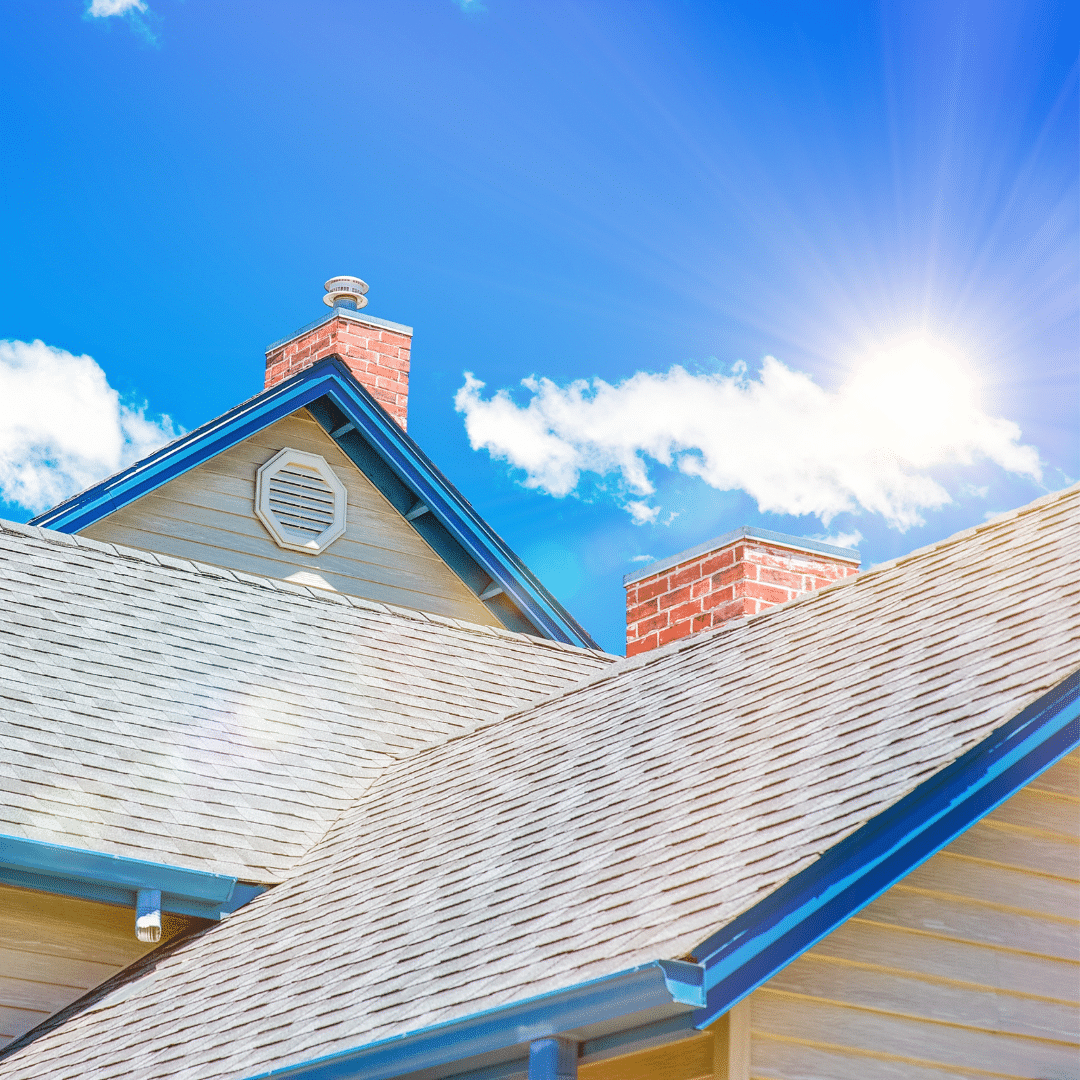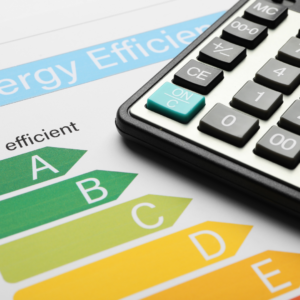When it comes to managing energy costs, many homeowners focus on insulation, windows, and HVAC systems. However, one critical element often overlooked is the roof. The roofing materials you choose can significantly impact your home’s energy efficiency and, consequently, your energy bills. This comprehensive guide will help you understand how different roofing materials affect energy consumption and offer tips for selecting the best option for your home.
How Roofing Materials Affect Energy Efficiency
1. Reflectivity and Absorption
-
Reflectivity refers to a roof’s ability to reflect sunlight away from the house. Highly reflective roofs, also known as cool roofs, can significantly reduce heat absorption, keeping your home cooler in the summer and lowering air conditioning costs.
-
Absorption is how much heat the roof retains. Materials with high absorption rates can increase indoor temperatures, leading to higher cooling costs.
2. Thermal Emissivity
This is a material’s ability to release absorbed heat. Roofing materials with high thermal emissivity cool down more quickly, helping to reduce the heat load on your home.
3. Insulating Properties
Some roofing materials offer better insulation, reducing heat transfer between the interior and exterior of your home. Proper insulation can lower heating and cooling demands, enhancing energy efficiency.
Popular Roofing Materials and Their Energy Impacts
1. Asphalt Shingles
Pros: Affordable and widely used, asphalt shingles can be treated with reflective coatings to improve energy efficiency.
Cons: Standard asphalt shingles have low reflectivity and high absorption, potentially increasing cooling costs.
2. Metal Roofing
Pros: Metal roofs are highly reflective and have excellent thermal emissivity, making them ideal for energy efficiency. They can also be installed with additional insulation.
Cons: Higher upfront cost compared to asphalt shingles.
3. Tile Roofing (Clay or Concrete)
Pros: Tiles have natural insulating properties and can be reflective. They also allow air circulation, which helps with cooling.
Cons: Heavier and more expensive than other options, requiring a strong roof structure for support.
4. Wood Shingles/Shakes
Pros: Wood has natural insulating properties, reducing heat transfer.
Cons: Less reflective than other materials and may require more maintenance.
5. Slate Roofing
Pros: Slate is a natural insulator and can last for many years, offering a long-term solution for energy efficiency.
Cons: Very heavy and costly, necessitating a robust structural support.
6. Synthetic Roofing
Pros: Made from various materials, synthetic roofing can mimic other materials’ appearance while offering improved energy performance.
Cons: Quality and performance can vary widely depending on the material composition.
Tips for Choosing Energy-Efficient Roofing
1. Consider Climate
Choose roofing materials based on your local climate. For hot climates, prioritize reflective and emissive materials. In colder regions, focus on materials that provide good insulation.
2. Look for Energy Star Ratings
Energy Star-rated roofing products meet specific energy efficiency criteria set by the EPA, ensuring they provide superior performance.
3. Think Long-Term
While some energy-efficient roofing options may have higher initial costs, they often result in significant long-term savings on energy bills.
4. Consult with Experts
Work with a reputable roofing contractor to evaluate your options and select materials that best suit your home’s needs and your budget.
According to the National Energy Assistance Directors Association, residents living in the West South Central region of the United States, which includes Texas, could see prices as high as $858 on their summer electric bill. The West South Central region is home to the highest summer cooling costs in the nation.
Understanding the impact of roofing materials on energy bills is crucial for making informed decisions that enhance your home’s energy efficiency. At Stephens Roofing & Remodeling, we offer a wide range of roofing materials, including asphalt shingles, metal roofing, tile roofing, and more, to suit your specific needs and preferences. Our experienced team can guide you in selecting the right roofing solution that maximizes energy efficiency while complementing your home’s style. Contact us today to learn more about how we can help you achieve a more comfortable living environment and enjoy savings on your energy bills for years to come.





